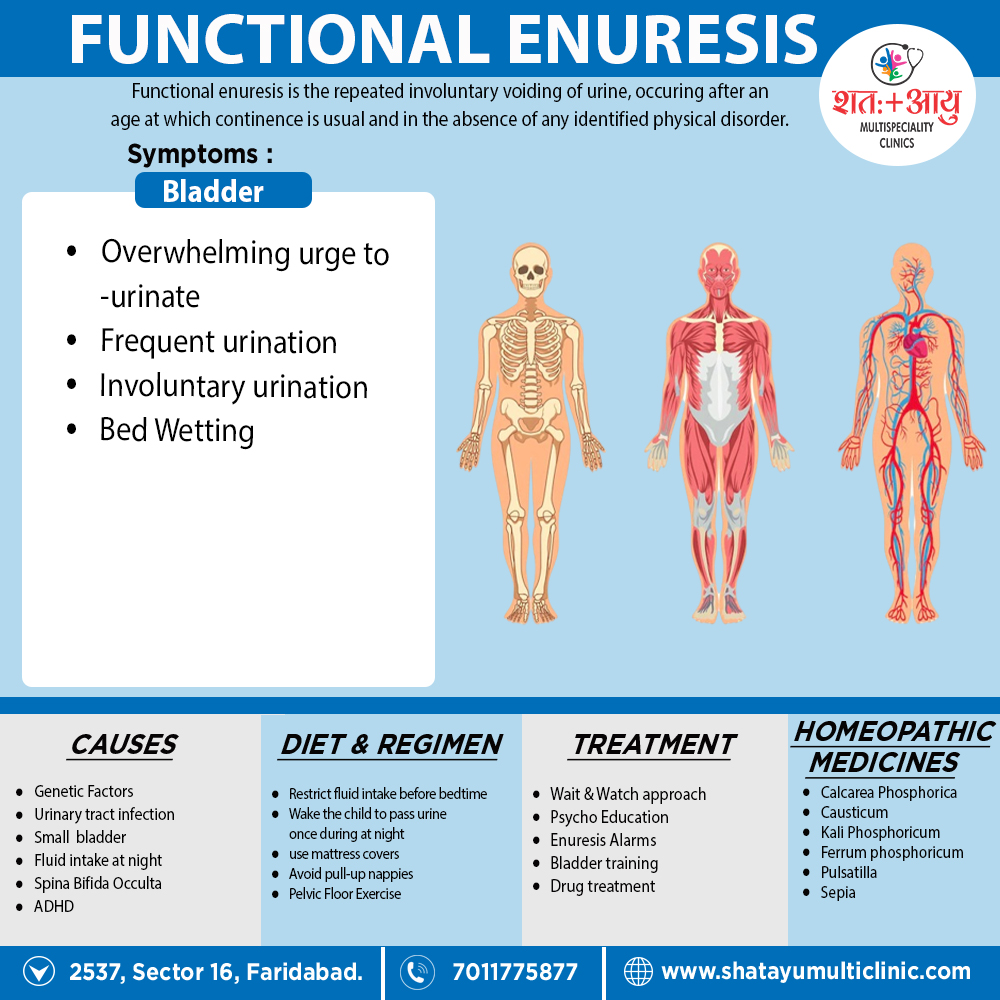The condition may be nocturnal (bed-wetting), diurnal (occurring during waking hours), or both.
Nocturnal enuresis is referred to as primary if there has been no preceding period of urinary continence, and secondary if there has been a preceding period of urinary continence.
There is no absolute period of continence needed to become secondary enuresis, but 6 months is a commonly used time frame.
Most children achieve regular daytime and night-time continence by 3 or 4 years of age, and 5 years is generally taken as the youngest age for the diagnosis.
Nocturnal enuresis can cause great unhappiness and distress, particularly if the parents blame or punish the child, and if the condition restricts staying with friends or going on holiday.
Nocturnal enuresis occurs in about;
- 10 % of children at 5 years of age,
- 4 % at 8 years,
- 1 % at 14 years,
- 0.5 % in adulthood.
The condition is more frequent in boys. [1]
Daytime enuresis has a lower prevalence and is more frequent in girls.

